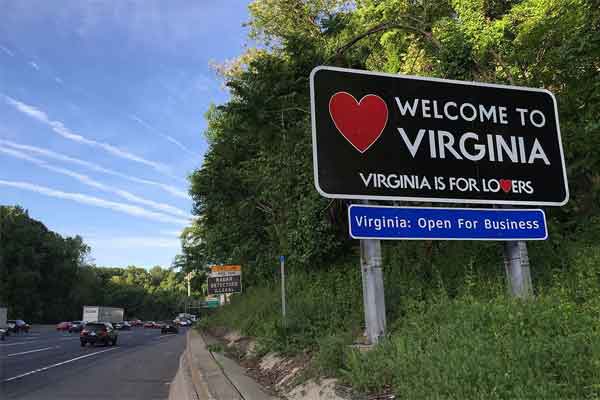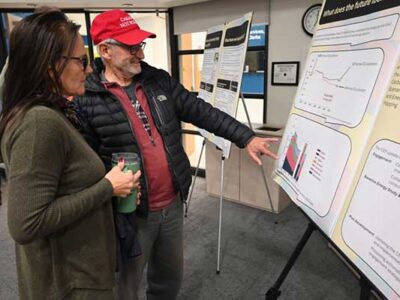Virginia Governor, Ralph Northam, signed into law a new Act that requires electricity to come from 100% renewable sources in the state by 2045.
The law places net-metering, center stage, and props up solar and wind as “essential” sources of energy.
The law requires new measures to promote energy efficiency, sets a schedule for closing old fossil fuel power plants, and requires electricity to come from 100 percent renewable sources such as solar or wind.
The Virginia Clean Economy Act, as its called, establishes that 16.1 gigawatts of solar and onshore wind is “in the public interest.” It expands “net metering,” making it easier for rooftop solar to advance across the state.
The new law requires Virginia’s largest energy companies to construct or acquire more than 3.1 gigawatts of energy storage capacity.
Under the law, energy companies must pay penalties for not meeting their targets, and part of that revenue would fund job training and renewable energy programs in historically disadvantaged communities.
This makes Virginia the first among Southern states to set a goal of 100 percent low-cost and efficient clean energy by 2045.
“These new clean energy laws propel Virginia to leadership among the states in fighting climate change,” said Governor Northam. “They advance environmental justice and help create clean energy jobs. In Virginia, we are proving that a clean environment and a strong economy go hand-in-hand.”
The law was passed as House Bill 1526 and Senate Bill 851, which were sponsored by Delegate Richard C. “Rip” Sullivan, Jr. and Senator Jennifer McClellan, respectively.
The Act incorporates clean energy directions that the Governor issued in Executive Order Forty-Three in September 2019.
It results from extensive stakeholder input and incorporates environmental justice concepts related to the Green New Deal.















Comments